All Saint’s Day, as is the tradition all over the catholic world, is the day we remember our ancestors and pay respect to the dead. This, for most of Zagreb, means a trip to one of the most beautiful cemeteries in Europe – Mirogoj. Set on the slops of Medvednica, Mirogoj is the central Zagreb cemetery, an architectural masterpiece and a park filled with artwork set on the sides of green avenues.
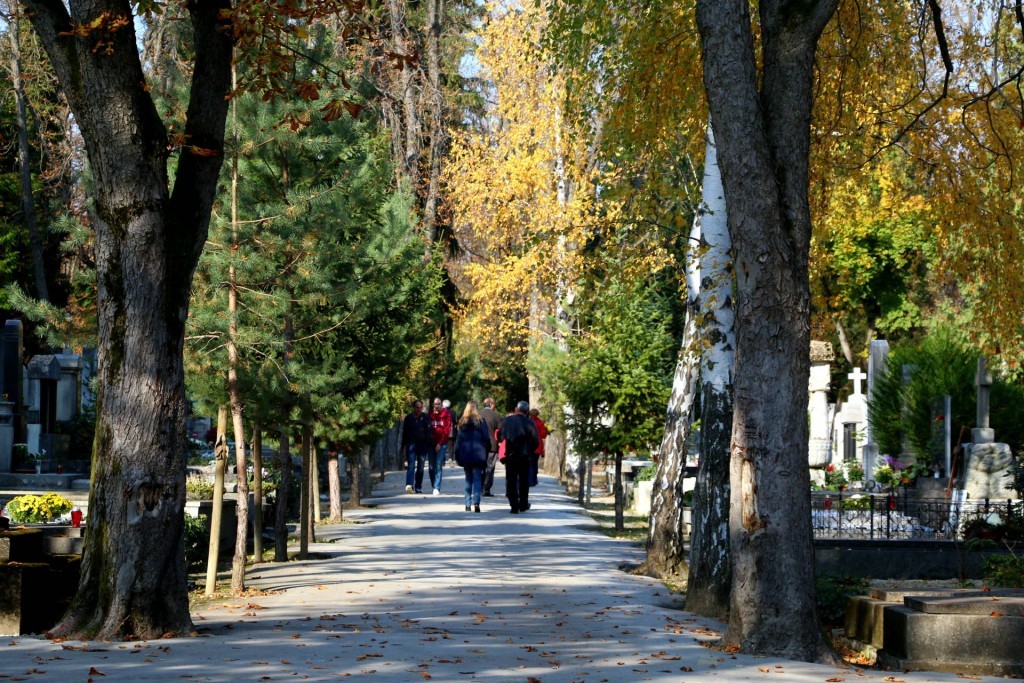
By the mid 19th century Zagreb had around 24 000 citizens and ten graveyards. The city was rapidly expanding and urbanizing, making existing cemeteries too crowded for the influx of people settling in Zagreb. The municipal government at the time decided to build a joint cemetery for all citizens and religions under their management. All ten graveyards at the time were owned by churches of different denominations. They stroke a deal with the Archdiocese. It would sell the land of three of its graveyards and with that money a central cemetery would be build. In return the City would build a grand chapel in it.
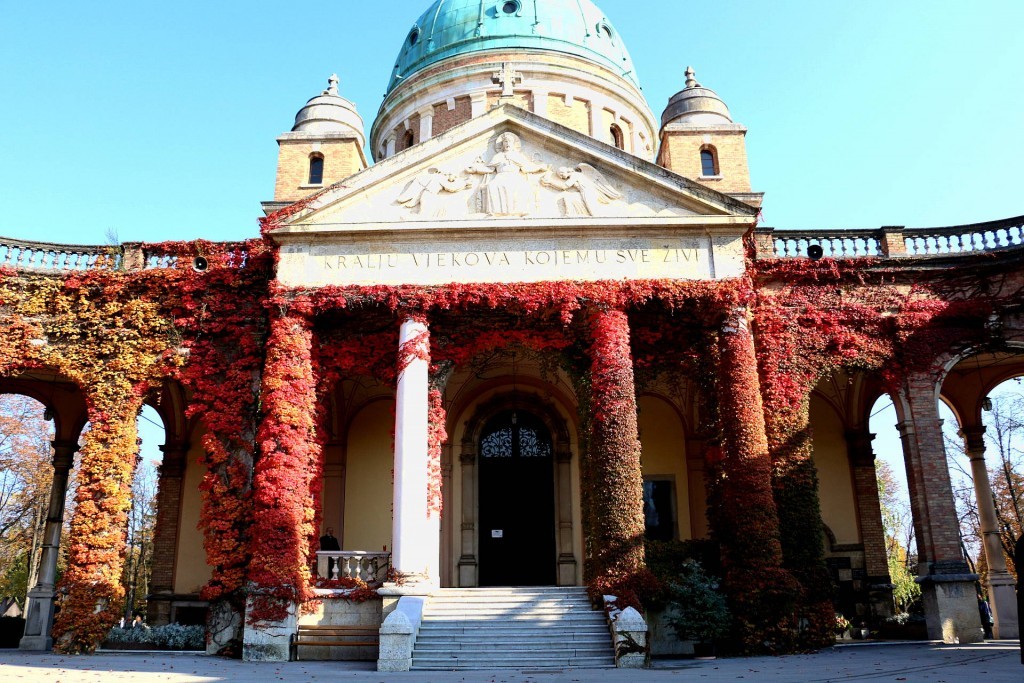
There was a question where the new cemetery would be built. At the time Ljudevit Gaj, the leader of Illyran movement that sought to establish a more independent national entity inside the Austro – Hungarian empire trough linguistic and etnic unity, journalist, poet and the author of the first Croatian orthography, was in a bit of trouble, as people usually are, with dept.
He spent all his money on renovating his summer mansion, even building a road leading to it. It was perfect, and because of Gaj’s dept, cheap. But no one would dare evict such an important man, so the City waited until he passed away in 1872 and the estate was set for an auction.
Mirogoj was opened on November 6th 1876. Its first ‘resident’, Friedrich Singer, was buried on November 7th. The late high school gym teacher and fencing instructor was, unexpected to his family, given a grand funeral organized by the City.
At first the cemetery was divided into one inner and one outer circle that were separated into multiple sections based on major religions present in Zagreb. All religious practices, ceremonies and funeral traditions were considered equal and were guaranteed complete freedom.
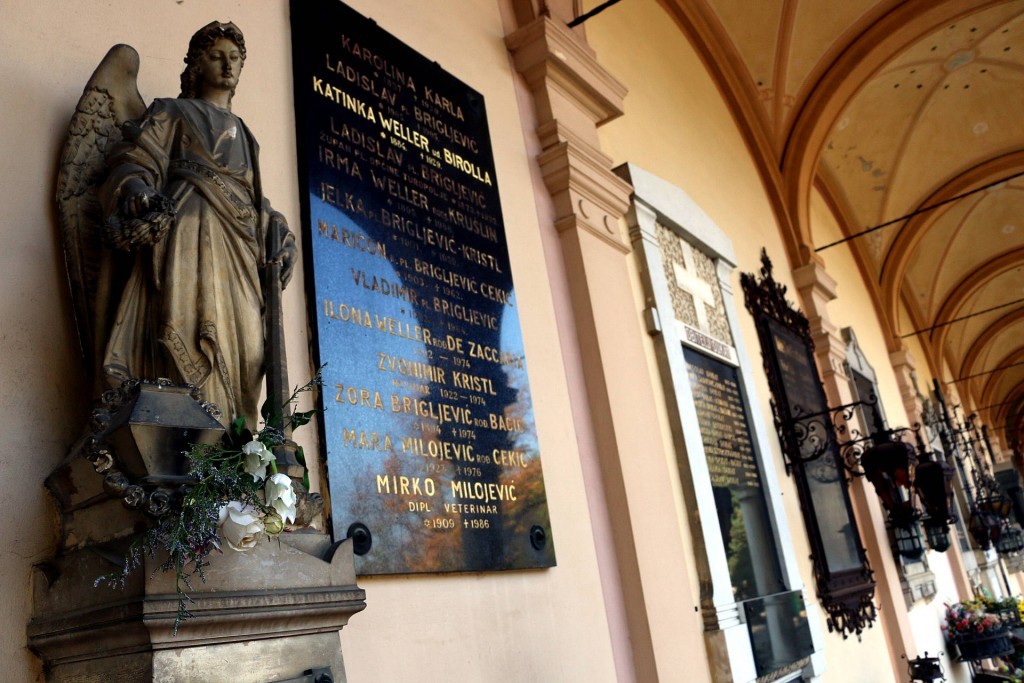
There were four types of tombs one could get on Mirogoj: exclusive personal tombs, regular family tombs, personal graves and public graves. Regular family tombs built in the arcades were given away for ‘time eternal’ but the future occupants needed to build statues and lavish tombstones in adherence to aesthetic excellence of the time.
By 1934 Mirogoj had started spreading outside its borders to the north, towards Majcan family estate and church vineyards next to it. Majcans took care of the horticultural upkeep of the cemetery but did not want to sell their land. The dispute was handled in court after five years, during which the cemetery got divided, with new graves being dug on most northern parts of the slopes and continuing south. This broke the concept of the cemetery and had made it a bit uneven although efforts were made to fix that in latter years.
Then came the Second World War during which the municipal government ceased all upkeep on the cemetery and people stopped visiting it. It was left neglected and in ruins until 1963, when a overhaul of the entire cemetery begun, ending in 1974.
The latest appendix to Mirogoj was The Grove of Urns crematorium (Gaj urni in Croatian, a homage to Ljudevit Gaj) opened in 1985.
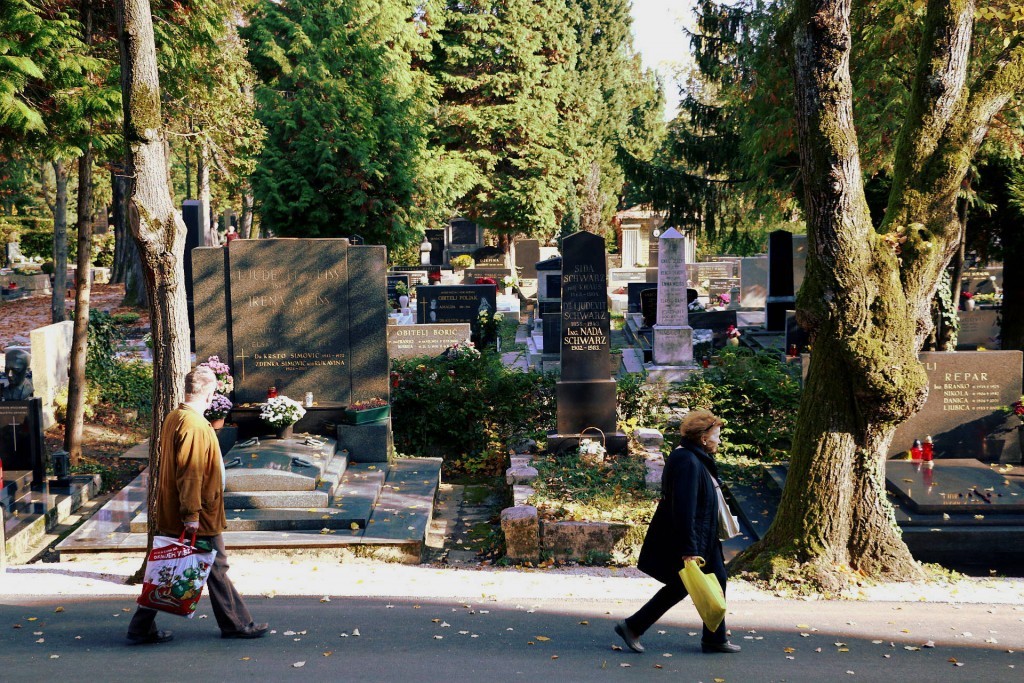
The task of building Mirogoj was given to Herman Bolle. He restored Saint Mark’s church and the cathedral after the great earthquake of 1880, build the palace of Croatian Academy of Sciences and Arts, Museum of Crafts and Arts and many other Zagreb landmarks of the period. Some call him the builder of Zagreb. Mirogoj was his greatest work.
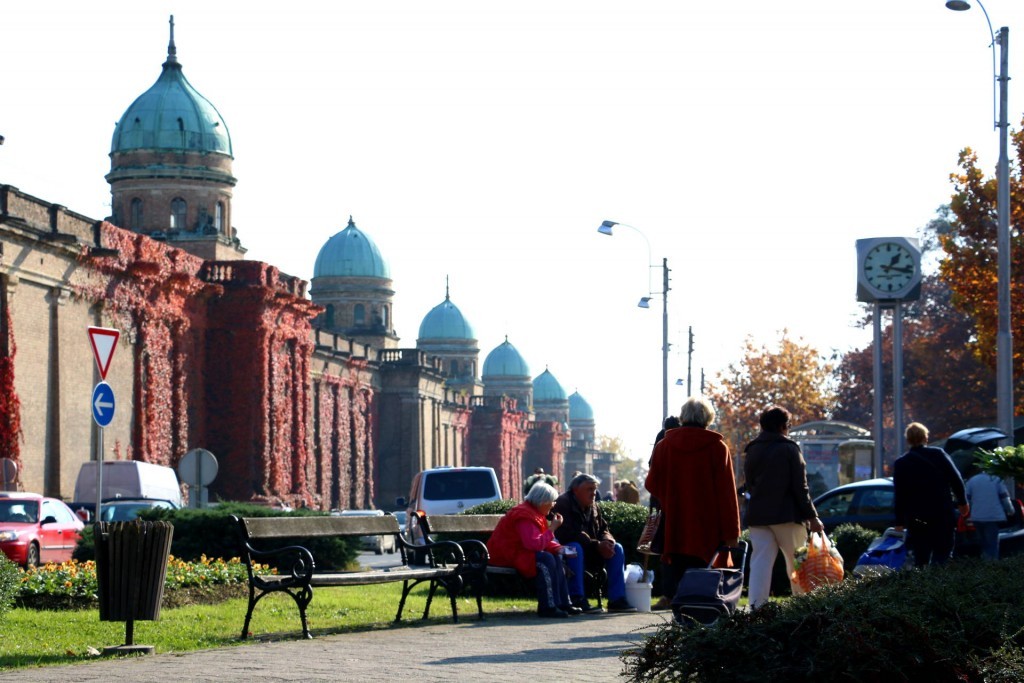
He imagined it being entirely surrounded with arcades and pavilions, but the idea never came to fruition. Zagreb was growing rapidly, the cemetery was expanding and constructions were slow. They ended after 38 years, never completely finishing Bolle’s blueprints.
On the entrance of Mirogoj stands the chapel of Christ the King with two entrances to the graveyard on the sides. Eight pavilions were build on the south and four on the north side of the entrance. There’s an entryway after the forth pavilion followed by smaller arcades spanning to the east with four additional, also smaller, pavilions.
The entire structure is considered an architectural masterpiece.

As the arcades were being built, many important historical figures were transported there from their original resting places, be it the old city graveyards that were closing or other parts of the country and Europe. Due to the number of important figures buried there, Mirogoj is sometimes referred as the Pantheon of Croatian History.
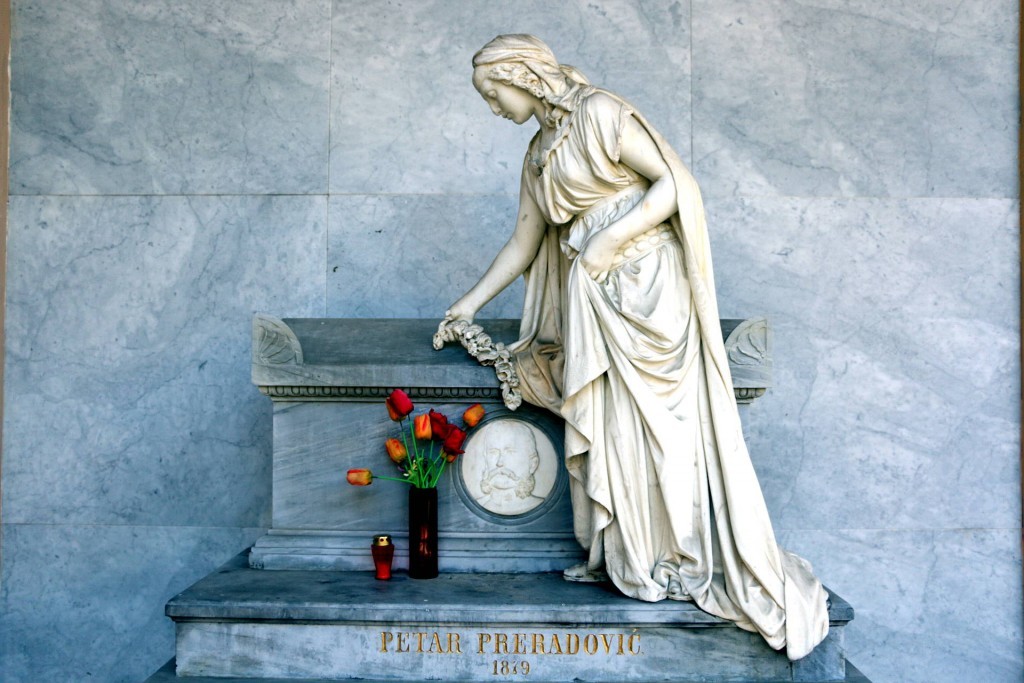
Mirogoj is on top of every list of things one must see in Croatia, and on All Saints Day it is something you do no want to miss. As the night falls thousands of candles illuminate the cemetery and its architecture making the whole place seem magical.

